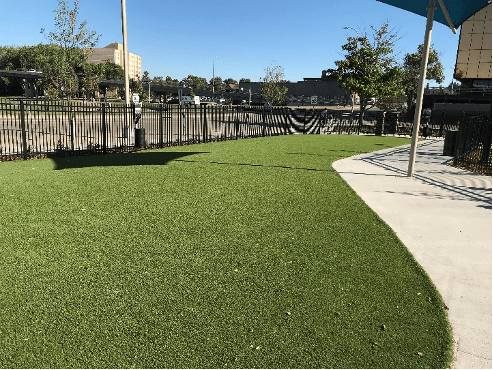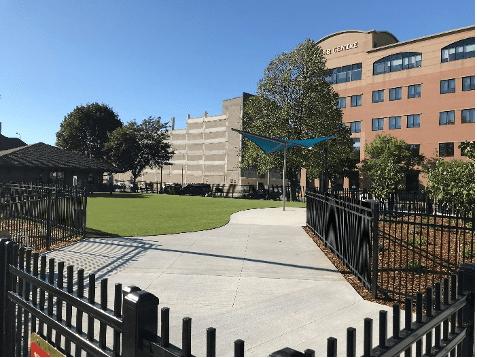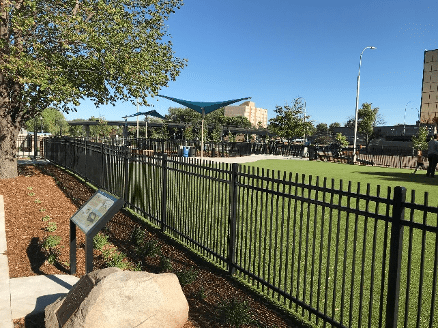Artificial Turf DIY – How to Install Artificial Turf
When it comes to DIY projects, artificial turf is one of the more challenging projects to tackle due to the labor intensity. However, like many DIY projects, it can be done with time and patience. Below is a guide to help you out with installing artificial turf.
Preparing to Install Artificial Turf
One of the first things you need to consider when preparing to install artificial turf is the materials and tools required for the job. In terms of tools, you need both specialized and common tools to complete the project. Here is a list of what you will need.
Materials:
- Artificial turf – We recommend and sell SynLawn turf due to its quality material and warranties.
- Base fill – road rock and decomposed granite aggregate for areas that you need to grade.
- Infills
Specialized tools:
- Seaming cloth
- Seaming glue (1 quart can cover 15ft)
- Turf rake
- Hand tamper (if you are installing outdoors)
- Sprinkler caps (where applicable)
Recommended tools for graded areas and compacting base fills:
- Building/grading transit (optional, but very helpful in determining a grading map or drainage for the turf)
- Vibratory plate
- Jumping jack
Common tools:
- Carpet knife and multiple blades
- Hammer
- Yard rake
- Shovel
- Wheelbarrow
- Tape measure
- Marking paint
- Garden hose
- Wide shop broom with stiff bristles (a power broom makes the job much faster and easier)
- Drop spreader for infills
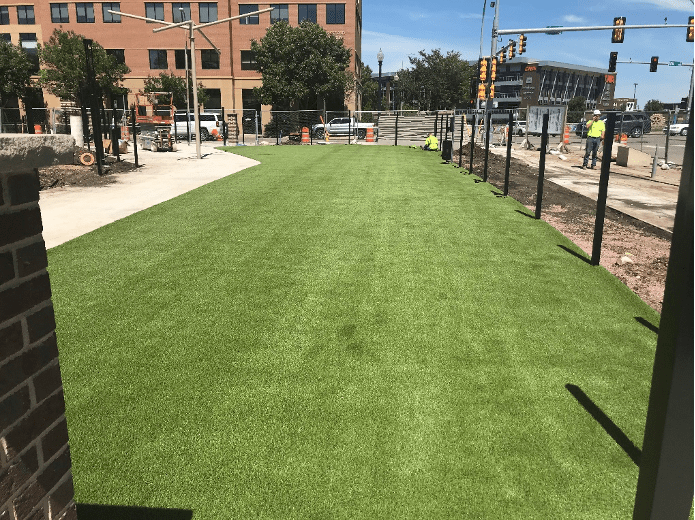
Preparing the Surface for Artificial Turf Installation
Arguably, the most important part of installing artificial turf is preparing your surface. If you are replacing an existing grass lawn, the grass must be killed and removed to allow for adding in base material for grading and drainage.
Once the existing lawn has been removed, measure the dimensions and elevations for the installation area. These measurements allow you to calculate the grading needed for proper drainage. (A typical grading slopes down about a quarter-inch per foot). When installing near a house wall, be sure that you grade the surface so that the highest elevation is next to the house, sloping gradually away to ensure water drains away from the house and its foundation.
Adding the Base Fill
With these measurements and calculations in hand, begin adding in the base fill and compacting it down. Pre-compacting the base helps protect the grading from compressing and eroding over time. You’ll also want to spray or dampen the base fill with water regularly throughout the process to further compact the material and test drainage.
We recommend small road rock for the initial base layers, then use an aggregate such as decomposed granite for your final elevation. This will provide much more even and comfortable surface.
Laying the Artificial Turf
The final step in this process is laying down the artificial turf. When you roll out the turf, make sure to cut it slightly larger than your space, then trim it down to size. It’s much easier to trim down than to try and seam the turf if you cut it too short. Once your turf is laid out and trimmed, go around the perimeter and secure the edges with landscape spikes. You can use a tamper or carpet kicker to help smooth out wrinkles and ensure the surface is taut.
After the turf is secure, we recommend seeding the turf with a sand infill to help prevent bacteria, mold, and mildew build-up.
How to Seam Artificial Turf
If the area is larger than your roll of turf can cover, you will have to seam it. To seam artificial turf, cut a strip to slightly larger than the uncovered area, trim it down, then align it to the cover section. Be sure to check that the bristles are aligned in the same direction.
Once this is done, use landscape spikes to hold the pieces in place. Next, fold open the seam and roll out your seaming cloth, and stake it in place along its length. Slather a liberal amount of glue evenly along the cloth, then let the glue begin to set up for 10-15 minutes before connecting the two sides of turf together and securing the seam with landscape spikes. We prefer to weigh the seam down until the glue is dried, to prevent it from moving or being uneven.
Why Buy from Us?
Whether you’re contracting with us or installing artificial turf on your own, the professionals at American Playground Company can help you make the most of your space. We sell quality products and provide expert assistance in determining what materials and tools you need for your project.
Ready to get started? Give us a call at 1-605-368-9929 or use our contact form to see how we can help.

